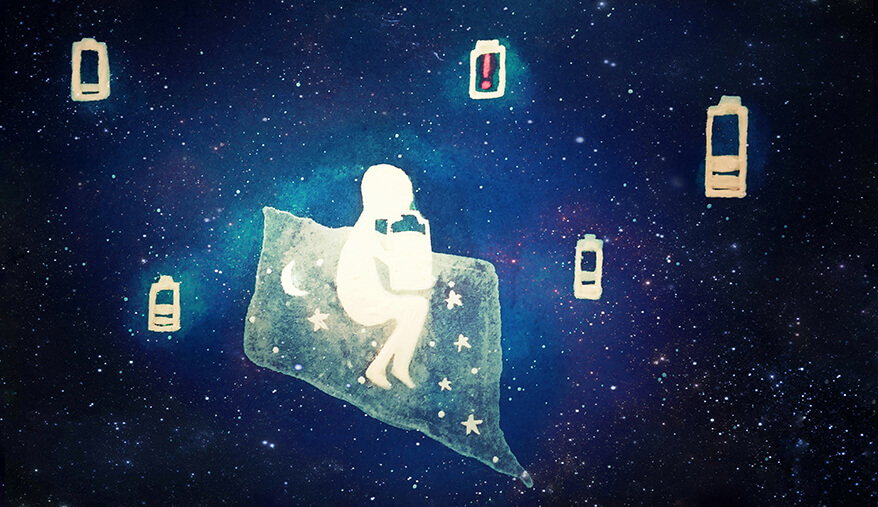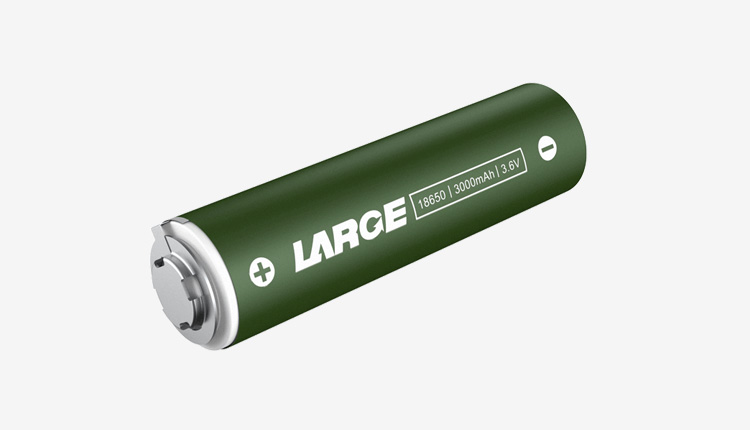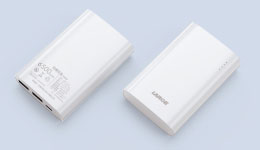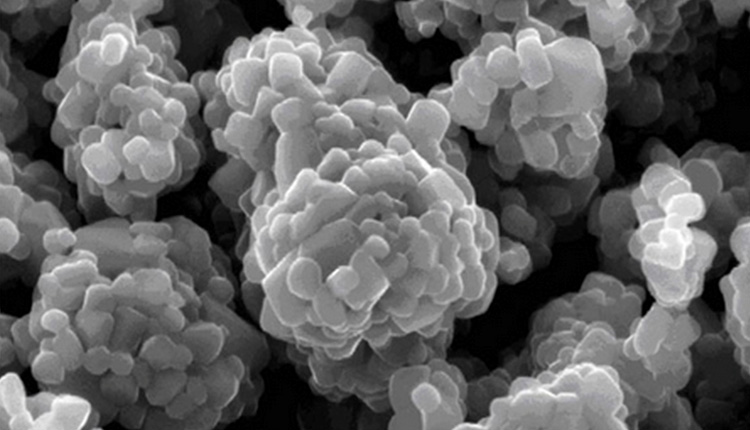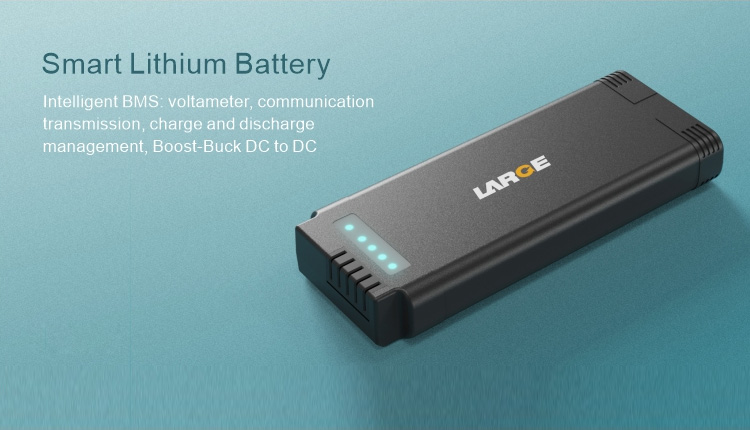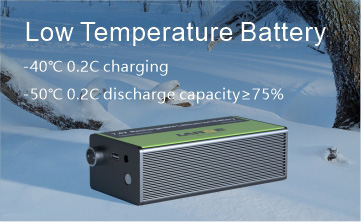Lithium Battery Discharge Depth
2021-07-27 14:07:20 Pageview: 1183
Lithium Battery discharge depth is the ratio of discharge capacity level and total stored capacity level (rated capacity). Large number means deep discharge. For example, 80% discharge depth refers to 20% remaining capacity level. The impact of discharge depth on the battery is that the deeper discharge indicates shorter battery lifetime. On the other hand, this impact is reflected from discharge curve: deep discharge will cause unstable voltage and current.
Discharge depth has a close relationship with voltage and current.
Under same discharge system, the smaller the voltage value, the deeper the discharge is. Practically, discharge depth is usually controlled by cutoff voltage value, which is executed by protection IC. If lithium battery may over-discharged, which displays lithium Battery Voltage lower than IC over-discharge voltage detection point 2.75V (sometimes 3.0V is set), discharge protection function will be activated at this moment, and MOSFET will stop discharging to control discharge depth of lithium battery.
An inverse relationship between current and discharge depth can be shown in discharge depth comparison table from 3.0V (cutoff voltage) to 4.2V (open voltage). Lower current signifies deeper discharge. Based on same 3.7V after discharge, remaining capacity level with 0.05C discharge rate is 65.6% whereas 74.9% capacity level can remain with 0.5C discharge rate. This comparison illustrates that remaining capacity is less if battery works under lower current and longer time. In a word, any topic concerning battery needs considering discharge depth discharge system, especially current.
In summary, in case “low battery” happens to electric devices, it is better to timely charge battery because this may lead to lithium-ion battery deep discharge and shorten battery lifetime.
- Prev Article: Lithium Manganese Oxide Battery
- Next Article: Lithium Battery Cycle Life







